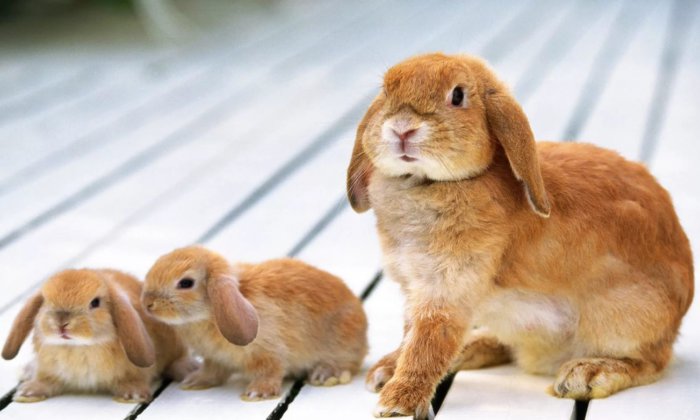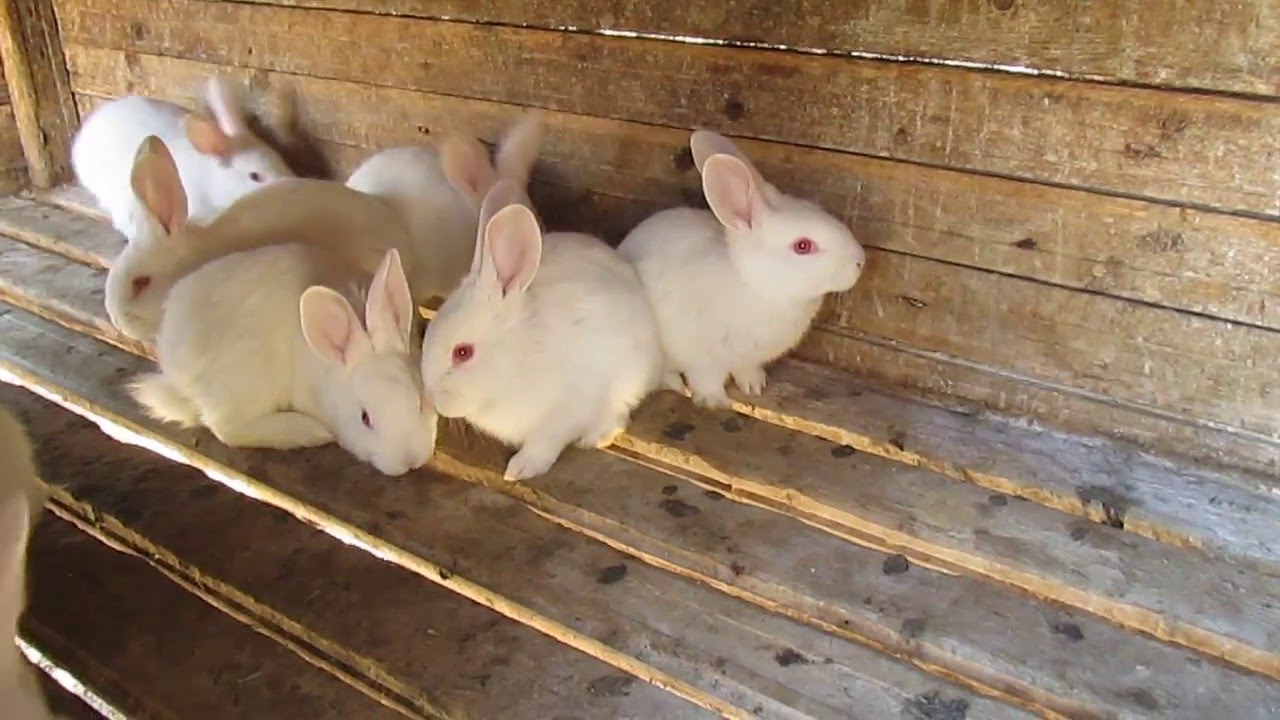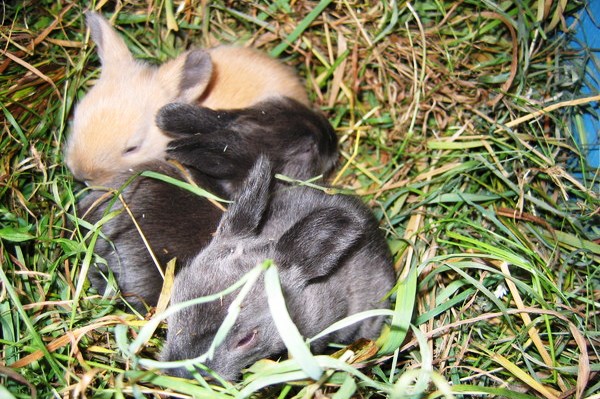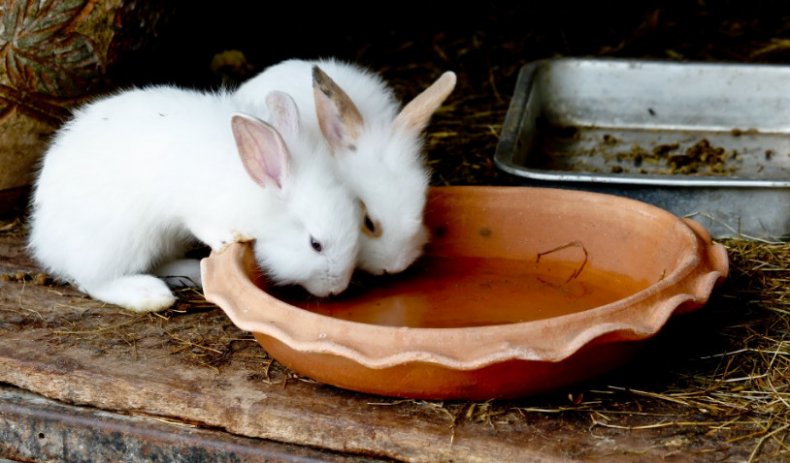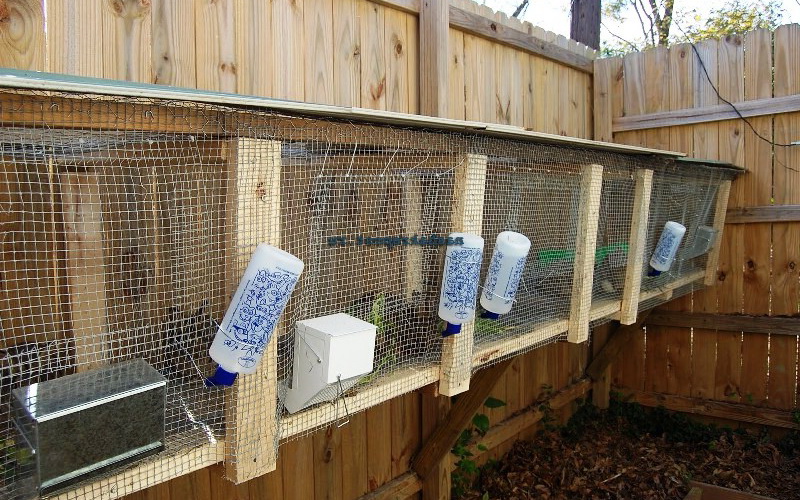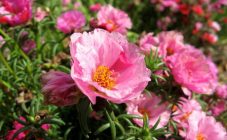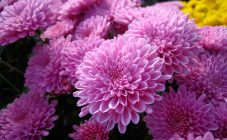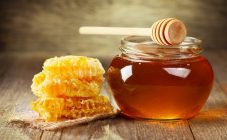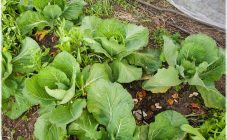Content:
Rabbits at birth are completely helpless. They are born bald, blind, therefore, at first, they need maternal care, heating and feeding them. The optimal number of cubs that the rabbit is able to feed at the same time is 8. If a larger number appeared during the hatching, the surplus should be transferred to another nest. The rabbit should not be present.
The optimal age for weaning pups from a rabbit
The first 2-3 weeks thanks to milk in newborns, immunity is developed, the body grows and gets stronger. The opinions of rabbit breeders about the jigging period and options differ, but they all agree on one thing: the minimum period during which small animals need to be kept next to their mother is at least a month. The digestive system of babies is still imperfect and not ready for a change in diet and a complete rejection of breast milk.
If mating or childbirth is not planned soon, the period spent with the mother can be extended to one and a half months.
A variety of jigging options
A very important period, when the rabbits are separated from the rabbit, requires accuracy and responsibility. After all, a correctly carried out jigging sets the rhythm of the further development of the cubs.
Depending on the type of density, 4 types are most common:
With compacted edges
Condensed okrols are considered when the rabbit is fertilized on the second day after giving birth. This method implies that on the 28th day, when the time comes to remove the rabbits from the rabbit, she still has 2-3 days to rest until the next offspring arrives.
Youngsters at this age should correspond to the following sizes: hide and downy breeds should reach a weight of 350-550 g, meat-hides - 450-650 g, meat - 500-700 g.
With semi-compacted edges
With this method, the rabbit is covered for 2-3 weeks of the lactation period. In this case, the rabbits remain in the mother's nest until 35-40 days of life.
The semi-condensed okrol allows the female's reproductive system to function normally.
When feeding on meat
During the period of absence, rabbits raised for meat should already get stronger. They are separated from their mother at the age of 45 days.
Broiler method
Broiler rabbits are kept near their mother until they are sent for slaughter - until 70-75 days after birth. Mating of the female occurs on the 50th day of lactation.
This weaning method is suitable for beef breeds (eg Californian rabbit, French sheep).
The main types of jigging
Cubs are separated from their mother in several ways:
- Move all offspring at the same time.
- Periodically transplanted bunnies are allowed to the bunny for a short time.
- The most developed cubs are taken first, after a few days the weaker ones are deposited, the most frail ones are kept near the mother for a longer time.
And now in more detail:
Simultaneous jigging
This type is mainly suitable for monthly bunnies with a tight birth. It is important that the rabbits are approximately equally developed. When transferring, calves should be weighed.
It is better to transplant small offspring separately, providing them with more careful care and additional nutrition. This will save rabbits from attacks from stronger brethren.
A period of up to 3 months is a suitable period when the rabbits are separated from the rabbits by gender. Breeding females live in pairs, males singly.
Weaning with intermittent replanting
With the slow development of the cubs and the impossibility of a radical change in their diet (switching to feed), it is possible to return the rabbits to the cage with their mother for several days, but on condition that she has enough milk.
This method is rarely used in practice. Poorly developed animals will be more likely to get sick, which can lead to illness of the entire brood. Therefore, frail offspring are raised separately and immediately subjected to slaughter.
Sorted by degree of development
This method of weaning is not used in dense litter, and the main condition is the ability of the mother to feed the offspring. This method is desirable when observing an excess of milk in the mother, which can cause mastitis, and babies will help to avoid this.
Those individuals that were weaned earlier are later used as breeding ones, the rest are raised for meat.
New residence equipment
The new cage should hold 3-7 rabbits. It is allowed to separate from 10 to 15 heads in cages-aviaries. One individual must have at least 0.2 m² of area.
Coping of specimens from different litters is not recommended. If there is no alternative and you need to put the cubs of different rabbits together, you should prepare a new cage for this, which is unfamiliar to any of the litters. This will prevent fights and injuries. If this was not done, the fighters should be excommunicated and put separately in a single cage.
It is impermissible to plant individuals of different ages together. The older ones will pursue the weaker ones, which will negatively affect the development and growth of younger animals.
You need to monitor the presence of fresh water in the drinker.
The bottom of the cage should be wood or plastic. You also need to organize the correct bedding. It will retain heat, allow the rabbits not to waste extra energy on warming, and in winter their paws will not freeze. For these purposes, the following materials are suitable:
- cardboard;
- clean cloth;
- dry hay or straw;
- sawdust;
- empty ears of corn.
So that the resettlement does not injure the eared too much, part of the bedding from the cage with the mother needs to be laid in the new house of the rabbits. The familiar scent will have a soothing effect.
Feed for the trapped rabbits
When the rabbits' teeth change at 17 weeks, they begin to leave the nest, imitating the mother, begin to feed from her feeder, eat compound feed, gnaw grass stalks and carrots.The first time after jigging is quite stressful for them, because during this period the kids begin to live and eat on their own. Their digestive systems are ready to switch from milk to feed, but their ability to digest food has not yet been tested. The food should be similar to that which was fed to the rabbit before weaning the offspring, only crushed to the desired consistency. Juicy protein feeds, carbohydrates, minerals are perfect as food. At first, milk and bone meal (5 g) should be present in the food. High-fiber foods should be avoided as they cause bloating.
To improve the functioning of the intestinal system, vitamin B can be added to the drinker, based on the calculation of 25 ml per 0.5 water. If possible, it is worth mixing medicinal herbs with immune-strengthening properties (chicory, chamomile, St. John's wort) into the hay. All this will strengthen the work of the intestines and develop a high resistance of the body to intestinal diseases, to which the rabbits are predisposed at first.
Upon reaching the age of 45 days, it is allowed to introduce new complementary foods in the following proportions:
- 46-60 days - 100 g;
- 61-90 days - up to 150 g;
- 91-120 days - 200 g.
This is the last time when you can seat rabbits, focusing on gender, if this has not been done earlier.
When planting a semi-compacted okrol, it is worth taking care that the kids do not overeat. This is fraught with indigestion and diarrhea. Therefore, feed the animals only if the previous feed has been eaten.
But it's not just the right food that is important for the deposited droppings. Space and cleanliness in a cage is also a guarantee of good health. With sparse maintenance, dirt in the cage, or cramped conditions, rabbits can develop stomach upset or catch an infection, which can lead to the death of all offspring. Therefore, proper care and rational feeding will ensure quick adaptation and good development of animals and will not make you worry about sick pets.
